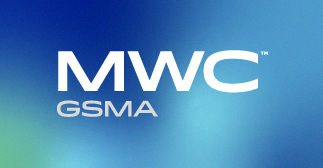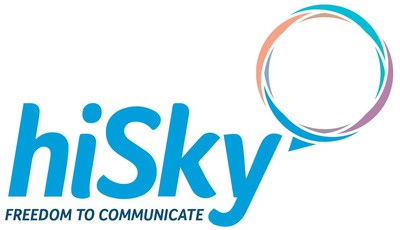

TEL AVIV, Israel, March 1, 2017 /PRNewswire/ -- Some works of culture, classical and popular, stand the test of time. Shakespeare's plays, Dickens' novels – even those old Abbott and Costello routines are as funny and fresh as the day they were first performed.

But many movies and TV shows are now very dated, even if they are barely a couple of decades old. This is particularly true of any shows from before 2000, in which the telephone plays an important role. The phones in those productions, of course, would be landlines and the sheer effort involved in speaking to someone on the phone – finding a phone booth, getting a dime (or quarter), asking for help from an operator – is so unlike the way most people communicate today, that it's almost like watching a scene from life in a primitive, backward country.
But there are places where one can get that "old time feeling." A glance at world 2G/3G/4G coverage maps shows that there are lots of places without effective coverage – or any coverage at all – where network users either have to put up with a weak signal, or get themselves to a specific site where they can pick up a signal.
Of course, for cell phone service companies there's no point in putting up cell towers in areas where there are likely to be few users. The map, thus, shows that coverage is best in the most prosperous and populated areas of the world. The eastern half of the US, for example, appears to be well covered, although there are many gaps (where there is only a weak or no signal), even in places like the New York metropolitan area. Further west, where there are fewer people (in the mountains and deserts of Colorado, Utah, Nevada, for example) coverage becomes more patchy, once again returning to east coast levels along the California coastal strip.
How do people travelling through those areas, or those in non-covered areas (such as workers on oil-rigs or other remote installations), or in areas near borders, communicate? The "easy" – and expensive – answer is via satellite phones.
At one, two or three dollars a minute, communicating via satellite is very expensive, which is why many travelers and workers in areas not covered by cell service just do without.
But it turns out that not all satellites – or satellite phone calls – are equal. A far cheaper satellite alternative can provide phone calls and text messages for mere pennies, using High-Throughput Satellites (HTS) that are located on a geostationary orbit above the equator.
HTS/GEO satellites were initially launched into space to address the immense demand for TV broadcast and internet access. The idea of using HTS satellites for voice is somewhat novel – most satellite phone calls are currently made using LEO (low earth orbit) satellite networks, which have much lower capacity than HTS. Although LEO satellites have been in the skies for decades, they have remained out of reach for all except those who work for organizations with deep pockets (government, oil companies, etc.) and have no other communications options.
As well as the limited capacity, another reason for the higher rates of LEO satellites is that, in order to achieve global coverage, a significantly higher number of satellites is required compared to HTS-GEO (70 LEOs compared to 4-5 HTS-GEOs).
We believe that HTS is the answer to meeting the needs of heavy data users who are already covered by 4G networks – soon to be 5G networks – and need continuous communication, at reasonable rates.
Recently, hiSky, an Israeli start-up revealed its newly developed Smartellite – a portable satellite terminal that interfaces with HTS/GEO satellites and leverages their greater capacity. The Smartellite features phased array beam steering antennas for both receiving and transmitting, enabling users to seamlessly switch between cellular and satellite services from their smartphone, from any location, or even on the move, at attractive rates.
This new satellite capability will be particularly beneficial for those in areas where there is no cell signal, which includes approximately 40% of the landmass in the US. Of course, these areas are sparsely populated – but those who do need service will now have the option of GEO satellite-based phone calls, offering cheap and almost global coverage.
Written by Haim Nissim. Haim Nissim is CFO of hiSky and performed a market research on the HTS-GEO market and its trends for the near future.
For additional info, you may contact Haim Nissim.
SOURCE hiSky